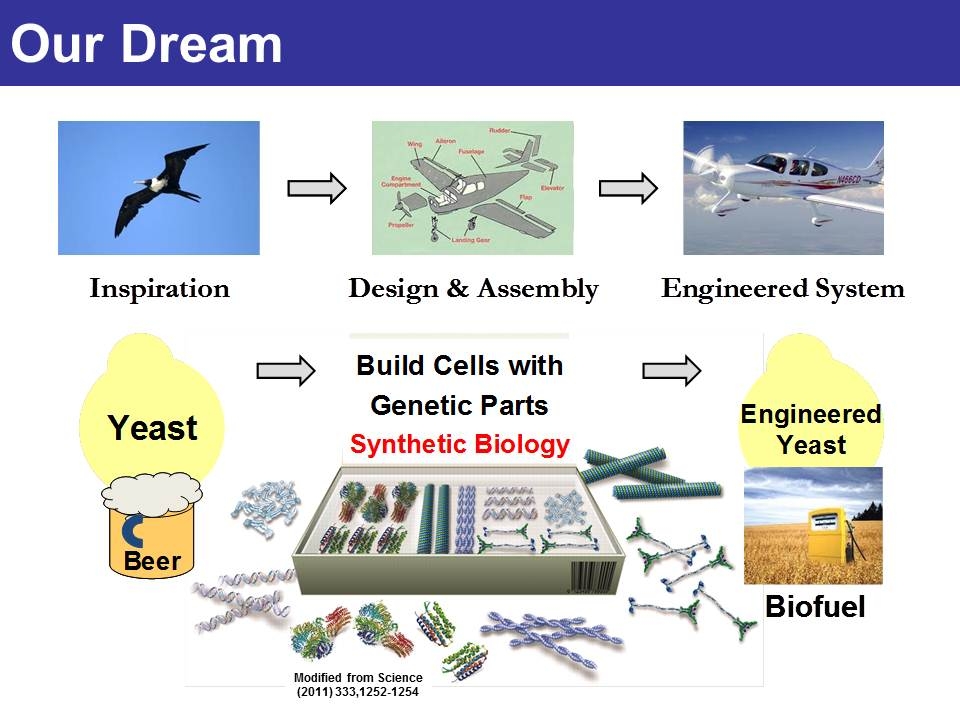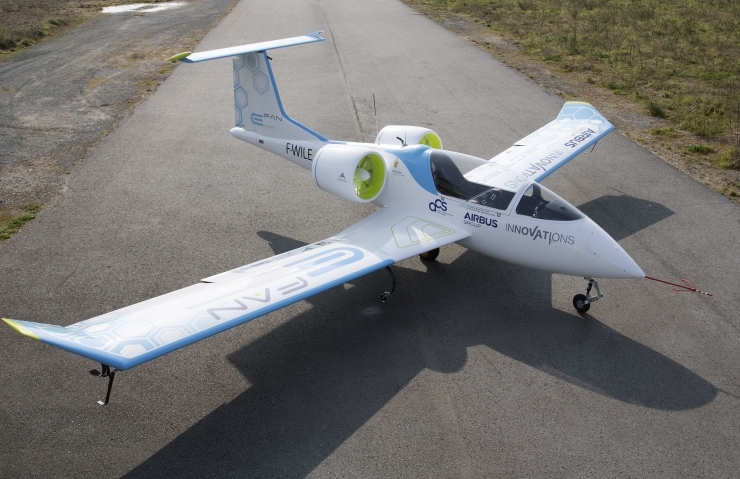Three decades ago, only a handful of major powers had effective submarine capabilities but, today, fleets in operation around the world are growing rapidly. Emerging superpowers, like China, can add naval capacity equivalent to a European country’s in the space of a few years. The threat from submarines is serious …
Read More »High Frequency Surface Wave Radars (HFSWR) for Ship detection and tracking far beyond the horizon
In recent years organized crime in maritime regions has flourished, threatening both secure flow of goods from Exclusive Economic Zones (EEZ) and lives of participants in the marine operations. Security threats and humanitarian risks caused by trafficking (drugs, weapons, etc.), irregular transport of migrants, maritime terrorism or even piracy are …
Read More »Synthetic Biology is the core science for future Defence Technology, according to DARPA
Synthetic biology is the application of science, technology and engineering to facilitate and accelerate the design, manufacture and/or modification of genetic materials in living organisms, as defined by the European Commission. It envisions the redesign of natural biological systems for greater efficiency, as well as create new organisms as well as …
Read More »DARPA FENCE Event-based imagers or neuromorphic camera
An event camera, also known as a neuromorphic camera, silicon retina or dynamic vision sensor, is an imaging sensor that responds to local changes in brightness. Event cameras do not capture images using a shutter as conventional cameras do. Instead, each pixel inside an event camera operates independently and asynchronously, …
Read More »More Electric aircraft (MEA) and All Electric Aircraft to reduce carbon emissions, enhance energy efficiency and enable stealthy missions
The civil global aviation market has experienced considerable economic growth in recent years and will keep increasing. It is estimated that around 1300 new international airports will be required, and the commercial aircraft fleet will double by 2050, with a projected passenger throughput of 7.2 billion in 2035. This growth …
Read More »Ceramics materials for Military Body and Vehicle Armor and Aerospace applications
A ceramic is any of the various hard, brittle, heat-resistant and corrosion-resistant materials made by shaping and then firing a nonmetallic mineral, such as clay, at a high temperature. Common examples are earthenware, porcelain, and brick. With such a large range of possible options for the composition/structure of a …
Read More »Researchers employ biomimetics for design of perfect Drones for delivery services, Search and rescue to counter drone missions
Unmanned aerial vehicle technology is advancing rapidly, and drones are getting smaller by the day. Militaries are now employing Micro, Mini & Nano UAVs into their operations. They provide situational awareness to a small group of soldiers by flying several stories above them for 10-20 minutes at a time before …
Read More »Thermotronics aims to process information with Thermal networks and heat flows
The control of electric currents in solids is at the origin of modern electronics which has revolutionised our daily life. The diode and the transistor introduced by Braun and Bardeen and Brattain are undoubtedly the corner stones of modern information technologies. Such devices allow for rectifying, switching, modulating, and even …
Read More »DARPA developing GPS backup and beyond Technologies for GPS denied and degraded environments
The GPS system provides critical positioning capabilities to military, civil, and commercial users around the world. The Global Positioning System (GPS), is a global navigation satellite system (GNSS) that provides location and time information in all weather conditions, anywhere on or near the Earth where there is an unobstructed line of …
Read More »DARPA’s WiSPER program developing next generation spread spectrum based military tactical radio to enable secure high-bandwidth RF communications
U.S. military researchers are asking industry to develop secure radio frequency (RF) transmitter and receiver technologies to enable the next generation of secure military tactical radio systems. Tactical communications is critical requirement of military communications in which information of any kind, especially orders and military intelligence, are conveyed from one …
Read More » International Defense Security & Technology Your trusted Source for News, Research and Analysis
International Defense Security & Technology Your trusted Source for News, Research and Analysis









